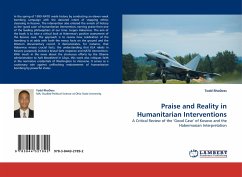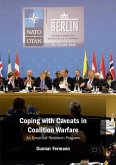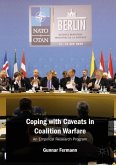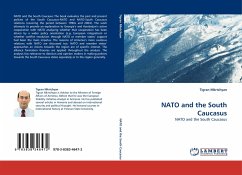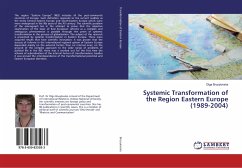The 1991-2001 decade witnessed a substantial increase in the use of military airpower for peace enforcement. Coalition airstrikes in the 1991 Gulf War, the use of NATO airpower against Bosnian-Serbs in 1995 and Yugoslavia in 1999, and the use of US-led airpower in the conflict in Afghanistan, provide proof. Airpower presents important implications for the laws of armed conflict while having consequences for the internationally-sanctioned delivery of humanitarian relief to war victims. What have been the consequences of coalition air campaigns upon civilian populations ? Are humanitarian operations possible during coalition air campaigns ? While principally centered on Additional Protocol I of the Geneva Conventions and the work of the International Committee of the Red Cross, this thesis will identify and examine legal gaps and humanitarian tensions in the four cases. An evaluation will be conducted of the behavior and results of coalition airpower and of relief agency access to victims of armed conflict. The issues of airpower technology, targeting decision processes, dual-use targets, the humanitarian space and military aid drops will be addressed.
Bitte wählen Sie Ihr Anliegen aus.
Rechnungen
Retourenschein anfordern
Bestellstatus
Storno


